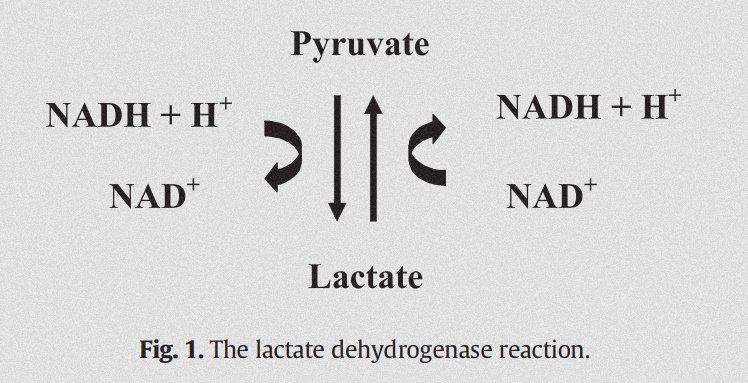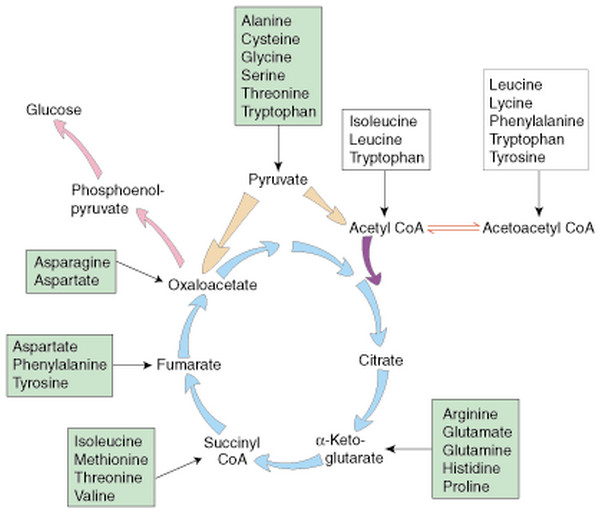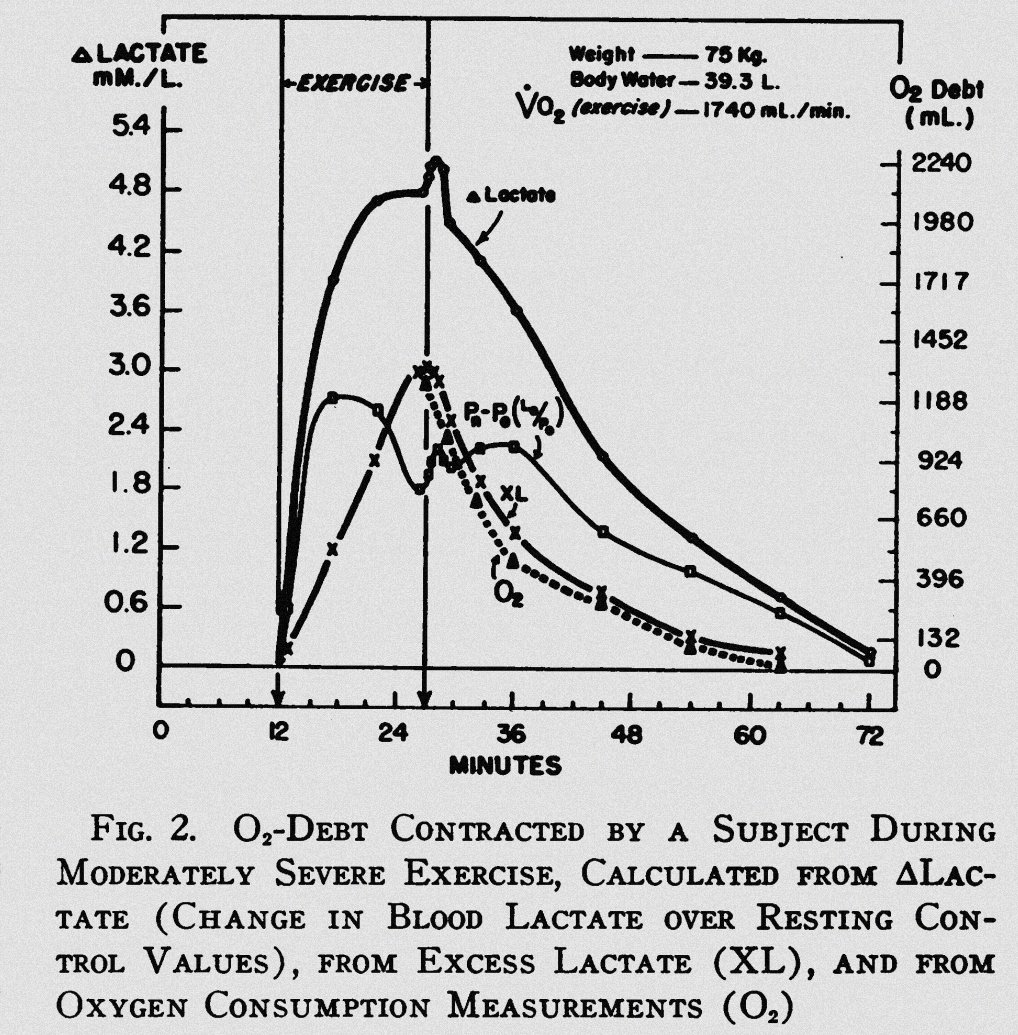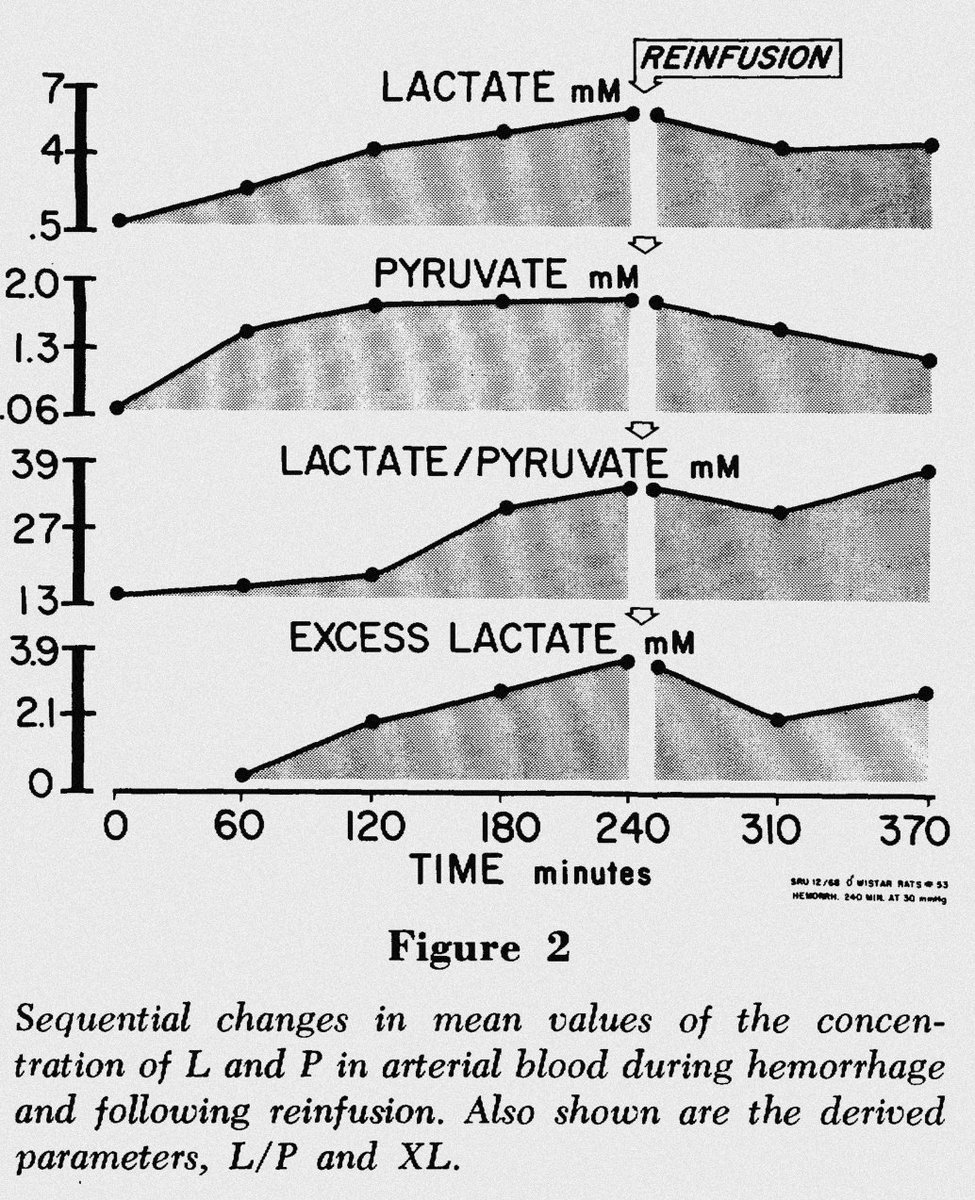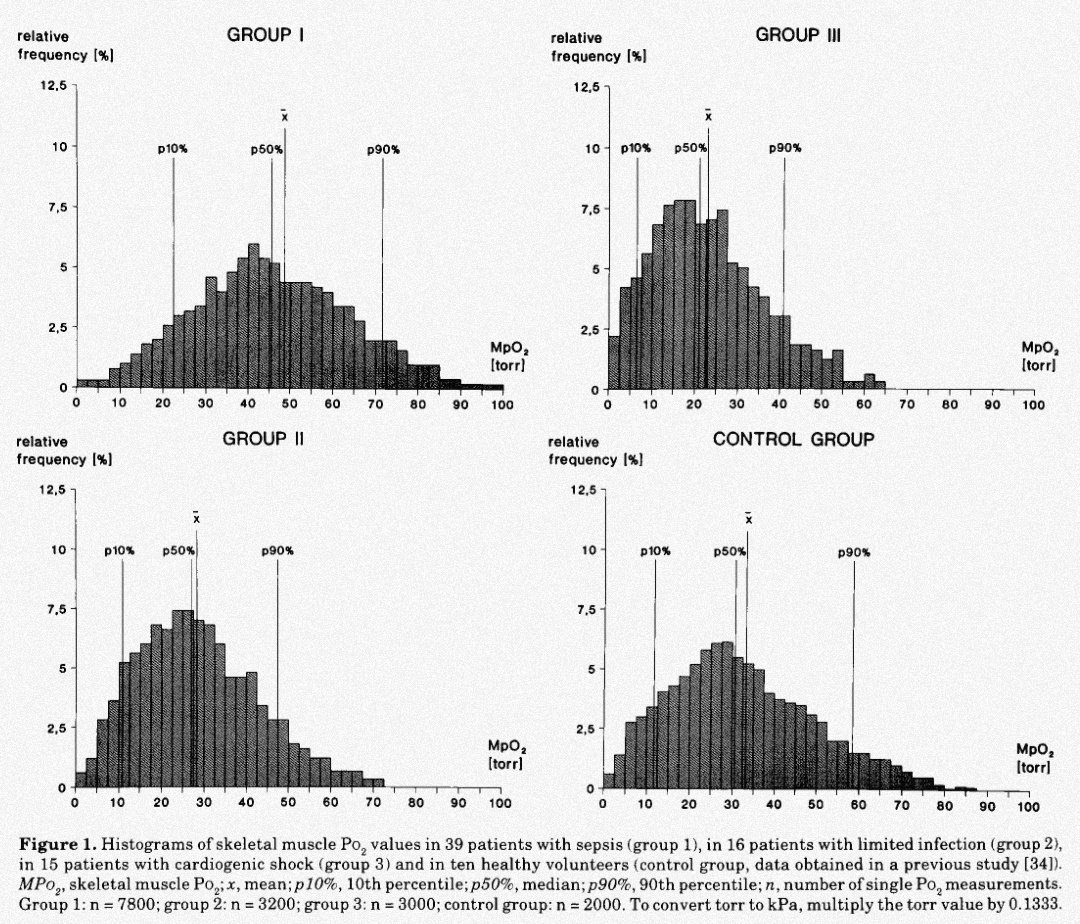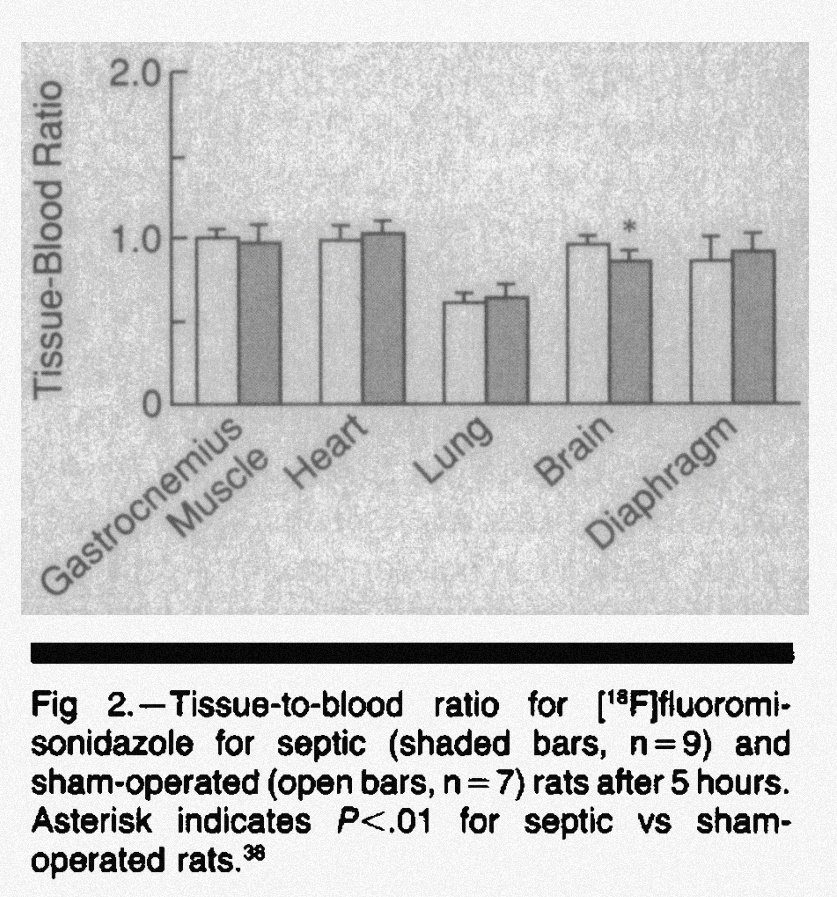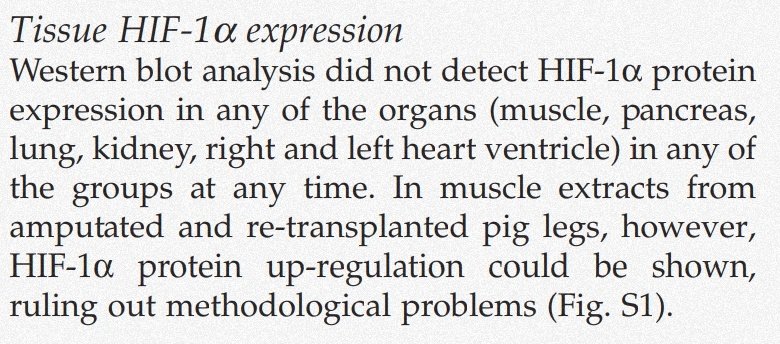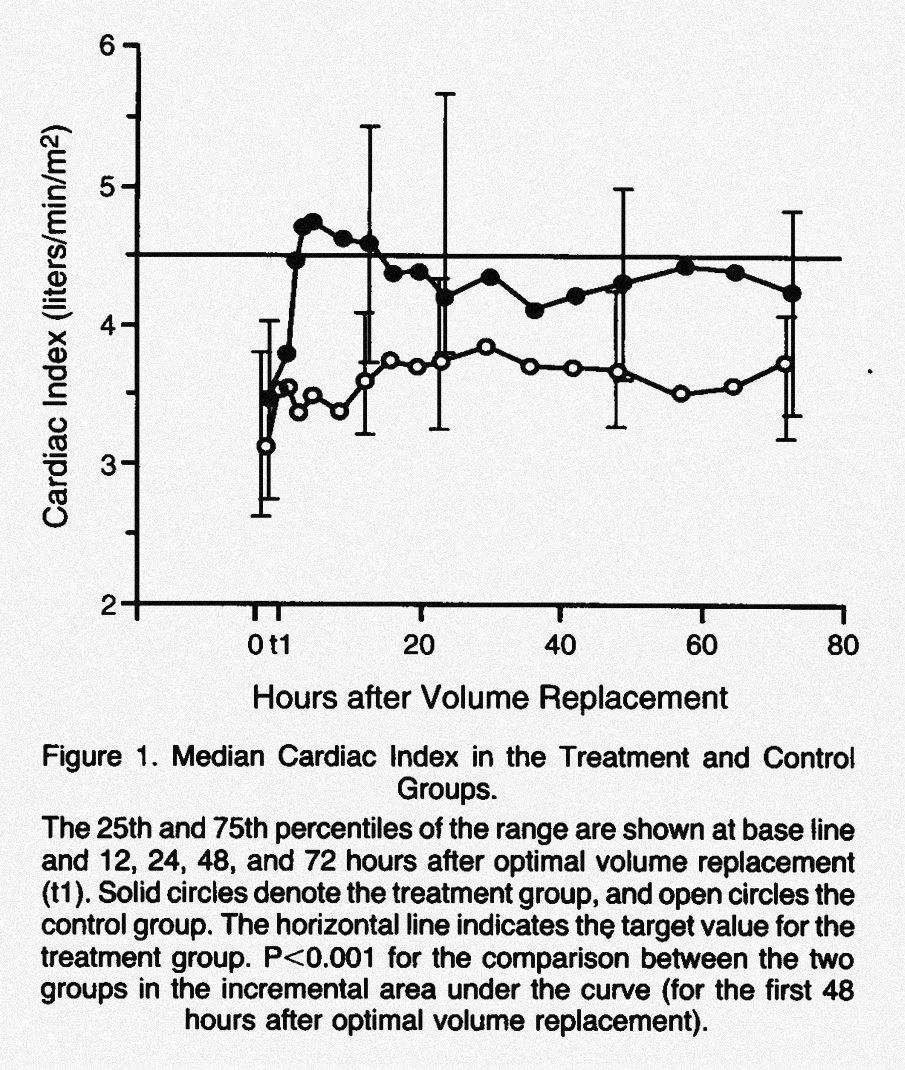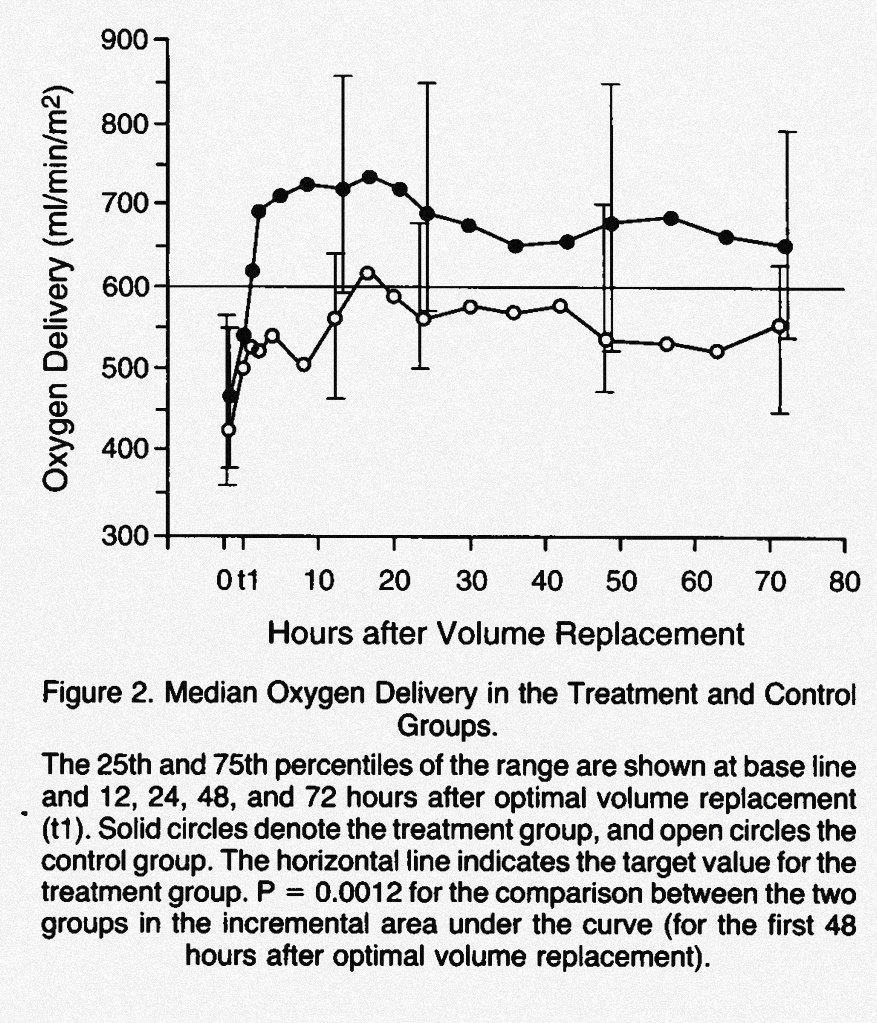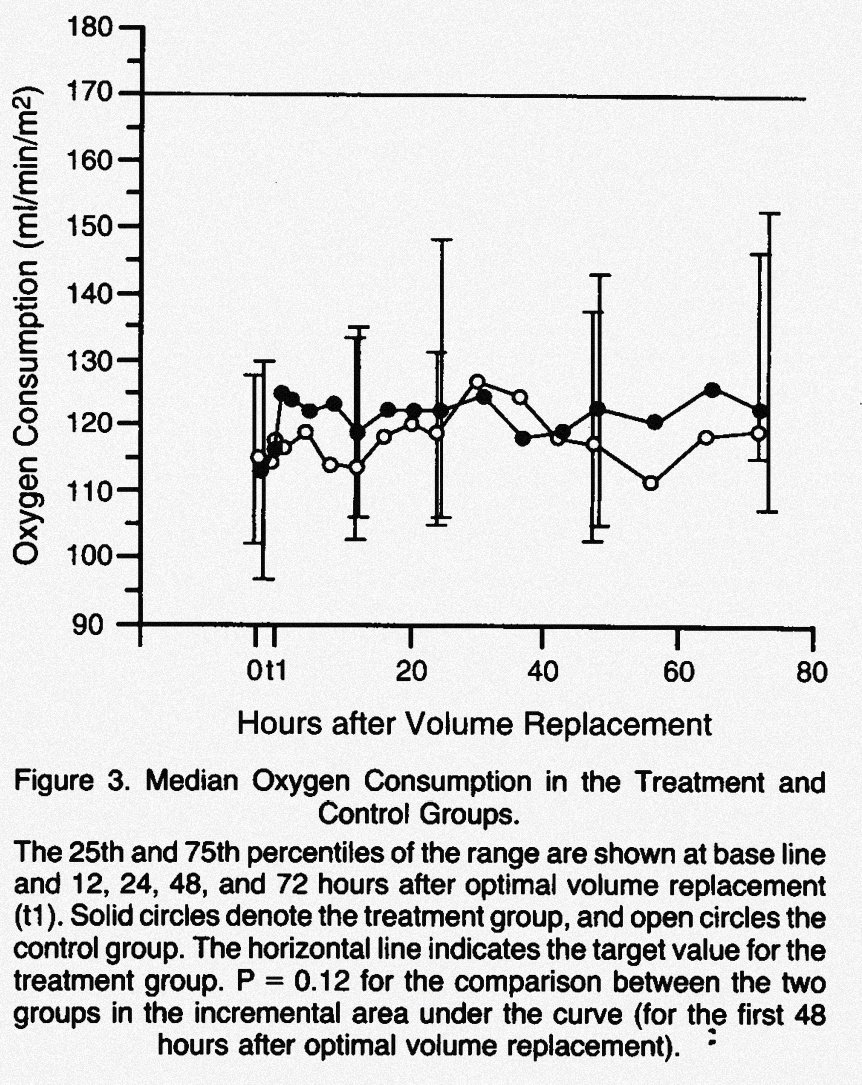ED 3 AM:  ambulance rushes in, pt in his 40's unconscious, BP 50/20, HR 140. Reanimation is started and arterial gases are ordered: lactate 10! Two hours later, pt conscious, MAP >65, HR 100, new arterial gases are ordered: lactate 9.
ambulance rushes in, pt in his 40's unconscious, BP 50/20, HR 140. Reanimation is started and arterial gases are ordered: lactate 10! Two hours later, pt conscious, MAP >65, HR 100, new arterial gases are ordered: lactate 9.
Was reanimation unsuccesful?
Poll & :
:
 ambulance rushes in, pt in his 40's unconscious, BP 50/20, HR 140. Reanimation is started and arterial gases are ordered: lactate 10! Two hours later, pt conscious, MAP >65, HR 100, new arterial gases are ordered: lactate 9.
ambulance rushes in, pt in his 40's unconscious, BP 50/20, HR 140. Reanimation is started and arterial gases are ordered: lactate 10! Two hours later, pt conscious, MAP >65, HR 100, new arterial gases are ordered: lactate 9. Was reanimation unsuccesful?
Poll &
 :
:
First, let's go #BackToBasics w/ lactate:
 2 enantiomers: L & D
2 enantiomers: L & D
 Formed from pyruvate by LDH (usual ratio 10:1)
Formed from pyruvate by LDH (usual ratio 10:1)
 PKa 3.8 (lactate predominant over lactic acid)
PKa 3.8 (lactate predominant over lactic acid)
 Can be used for ATP formation or gluconeogenesis (lac
Can be used for ATP formation or gluconeogenesis (lac pyruvate
pyruvate A-CoA or lac
A-CoA or lac pyruvate
pyruvate oxaloacetate)
oxaloacetate)
 2 enantiomers: L & D
2 enantiomers: L & D Formed from pyruvate by LDH (usual ratio 10:1)
Formed from pyruvate by LDH (usual ratio 10:1) PKa 3.8 (lactate predominant over lactic acid)
PKa 3.8 (lactate predominant over lactic acid) Can be used for ATP formation or gluconeogenesis (lac
Can be used for ATP formation or gluconeogenesis (lac pyruvate
pyruvate A-CoA or lac
A-CoA or lac pyruvate
pyruvate oxaloacetate)
oxaloacetate)
We tipically associate  w/
w/ O2, but what else can
O2, but what else can 
 ? Many things!:
? Many things!:
 Sepsis
Sepsis
 Cyanide
Cyanide
 CO
CO

 : MET, linezolid, paracetamol, NRTI's
: MET, linezolid, paracetamol, NRTI's

 thiamine
thiamine

 : Propylene glycol, methanol, ethanol
: Propylene glycol, methanol, ethanol
 Malignancy
Malignancy
 Cirrhosis
Cirrhosis
 Severe asthma
Severe asthma

 surgery
surgery
 w/
w/ O2, but what else can
O2, but what else can 
 ? Many things!:
? Many things!: Sepsis
Sepsis Cyanide
Cyanide CO
CO
 : MET, linezolid, paracetamol, NRTI's
: MET, linezolid, paracetamol, NRTI's
 thiamine
thiamine
 : Propylene glycol, methanol, ethanol
: Propylene glycol, methanol, ethanol Malignancy
Malignancy Cirrhosis
Cirrhosis Severe asthma
Severe asthma
 surgery
surgery
So lactate ≠  O2: so far, so good. But it surely does in shock states, right?
O2: so far, so good. But it surely does in shock states, right?
 O2: so far, so good. But it surely does in shock states, right?
O2: so far, so good. But it surely does in shock states, right?
Back in 1958, Huckabee observed the relationship between "oxygen debt" and "excess lactate", plotting almost superposable curves from the relationship of them.
Then in 1970, Weil further supported this data w/ a hemorrhagic shock model in which
hemorrhagic shock model in which  again correlated w/ O2 debt
again correlated w/ O2 debt
Then in 1970, Weil further supported this data w/ a
 hemorrhagic shock model in which
hemorrhagic shock model in which  again correlated w/ O2 debt
again correlated w/ O2 debt
Furthermore, the classic division of type A and B  , assumes the former is always 2/2 a DO2/VO2 mismatch
, assumes the former is always 2/2 a DO2/VO2 mismatch  anaerobic glycolysis, and is the cause of
anaerobic glycolysis, and is the cause of 
 in the critically ill pt, whilst the latter represents
in the critically ill pt, whilst the latter represents 
 w/o anaerobic glycolysis.
w/o anaerobic glycolysis.
But... Is it always true?
 , assumes the former is always 2/2 a DO2/VO2 mismatch
, assumes the former is always 2/2 a DO2/VO2 mismatch  anaerobic glycolysis, and is the cause of
anaerobic glycolysis, and is the cause of 
 in the critically ill pt, whilst the latter represents
in the critically ill pt, whilst the latter represents 
 w/o anaerobic glycolysis.
w/o anaerobic glycolysis.But... Is it always true?

Not quite. In 1994, Boekstegers et al. measured skeletal muscle pO2 in three groups:
 Sepsis
Sepsis
 Limited infection
Limited infection
 shock
shock
They found pO2 to be in sepsis compared to the other 2 groups, being
in sepsis compared to the other 2 groups, being  in more severe sepsis states!
in more severe sepsis states!
But what about cellular dysoxia, you might ask?
 Sepsis
Sepsis Limited infection
Limited infection shock
shockThey found pO2 to be
 in sepsis compared to the other 2 groups, being
in sepsis compared to the other 2 groups, being  in more severe sepsis states!
in more severe sepsis states!But what about cellular dysoxia, you might ask?
Well, some people asked themselves that same question before! In 1992, Hotchkiss et al. injected fluoromisonidazole (binds covalently to cells in inv proportion to cell O2 tension) in septic and sham operated  , finding no diff in it's concentration in various tissues (but
, finding no diff in it's concentration in various tissues (but  )
)
 , finding no diff in it's concentration in various tissues (but
, finding no diff in it's concentration in various tissues (but  )
)
Furthermore, in 2012 Regueira et al. used 32  w/
w/  peritonitis,
peritonitis,  tamponade or hypoxemic hypoxia, demonstrating no increase in HIF-1α (hypoxia-inducible factor 1 alpha) in septic animals despite a 2x
tamponade or hypoxemic hypoxia, demonstrating no increase in HIF-1α (hypoxia-inducible factor 1 alpha) in septic animals despite a 2x  in lactate levels!
in lactate levels!
 w/
w/  peritonitis,
peritonitis,  tamponade or hypoxemic hypoxia, demonstrating no increase in HIF-1α (hypoxia-inducible factor 1 alpha) in septic animals despite a 2x
tamponade or hypoxemic hypoxia, demonstrating no increase in HIF-1α (hypoxia-inducible factor 1 alpha) in septic animals despite a 2x  in lactate levels!
in lactate levels!
Another theory in sepsis states for 
 is a DO2/VO2 mismatch; this was studied in 9 septic critically ill pts by Ronco et al. back in 1993 and... found sepsis didn't modify critical O2 delivery threshold for anaerobic metabolism compared to controls!
is a DO2/VO2 mismatch; this was studied in 9 septic critically ill pts by Ronco et al. back in 1993 and... found sepsis didn't modify critical O2 delivery threshold for anaerobic metabolism compared to controls!

 is a DO2/VO2 mismatch; this was studied in 9 septic critically ill pts by Ronco et al. back in 1993 and... found sepsis didn't modify critical O2 delivery threshold for anaerobic metabolism compared to controls!
is a DO2/VO2 mismatch; this was studied in 9 septic critically ill pts by Ronco et al. back in 1993 and... found sepsis didn't modify critical O2 delivery threshold for anaerobic metabolism compared to controls!
Furthermore, in 1994 Hayes et al. tried to achieve the following goals w/volume  :
:
 CI > 4.5 L/min/m²
CI > 4.5 L/min/m²
 DO2 >600 mL/min/m²
DO2 >600 mL/min/m²
 VO2 > 170 mL/min/m²
VO2 > 170 mL/min/m²
If achieved,
achieved,  randomized to dobutamine vs standard care. The results:
randomized to dobutamine vs standard care. The results:
 = MAP & VO2
= MAP & VO2


 in intervention group!
in intervention group!
 :
: CI > 4.5 L/min/m²
CI > 4.5 L/min/m² DO2 >600 mL/min/m²
DO2 >600 mL/min/m² VO2 > 170 mL/min/m²
VO2 > 170 mL/min/m²If
 achieved,
achieved,  randomized to dobutamine vs standard care. The results:
randomized to dobutamine vs standard care. The results: = MAP & VO2
= MAP & VO2

 in intervention group!
in intervention group!
Ok, so where does lactate come from in sepsis?!
Well, here's an alt theory! aerobic glycolisis 2/2
aerobic glycolisis 2/2  adrenergic state:
adrenergic state:
 CHO metabolism exceeds mitochondria oxidative capacity
CHO metabolism exceeds mitochondria oxidative capacity  piruvate produced at
piruvate produced at  rates than PDH can convert to ACoA
rates than PDH can convert to ACoA  piruvate
piruvate  lac by mass effect
lac by mass effect
Well, here's an alt theory!
 aerobic glycolisis 2/2
aerobic glycolisis 2/2  adrenergic state:
adrenergic state: CHO metabolism exceeds mitochondria oxidative capacity
CHO metabolism exceeds mitochondria oxidative capacity  piruvate produced at
piruvate produced at  rates than PDH can convert to ACoA
rates than PDH can convert to ACoA  piruvate
piruvate  lac by mass effect
lac by mass effect
What supports this theory?:
 Septic pts whole
Septic pts whole  mRNA analyisis:
mRNA analyisis:  GLUT-1, LDH, PKM-2, hexokinase-3, MCT-4
GLUT-1, LDH, PKM-2, hexokinase-3, MCT-4
 Isotope dilution methods:
Isotope dilution methods:  Lac and glc turnover in
Lac and glc turnover in 
 Lac kinetics: normal removal (pb source:
Lac kinetics: normal removal (pb source:  production)
production)

 Cathecolamines
Cathecolamines  β2 rec
β2 rec
 Na/K ATPase act
Na/K ATPase act
 Septic pts whole
Septic pts whole  mRNA analyisis:
mRNA analyisis:  GLUT-1, LDH, PKM-2, hexokinase-3, MCT-4
GLUT-1, LDH, PKM-2, hexokinase-3, MCT-4 Isotope dilution methods:
Isotope dilution methods:  Lac and glc turnover in
Lac and glc turnover in 
 Lac kinetics: normal removal (pb source:
Lac kinetics: normal removal (pb source:  production)
production)
 Cathecolamines
Cathecolamines  β2 rec
β2 rec
 Na/K ATPase act
Na/K ATPase act
But do all organs produce lactate during sepsis? No! Some  production, but some
production, but some  uptake!
uptake!
The organs that mainly lactate in exp models are
lactate in exp models are  the lung and
the lung and  the muscle. And uptakers?:
the muscle. And uptakers?:
 Gut
Gut




 Kidney
Kidney
So, as García-Álvarez et al. fairly put it:
 production, but some
production, but some  uptake!
uptake! The organs that mainly
 lactate in exp models are
lactate in exp models are  the lung and
the lung and  the muscle. And uptakers?:
the muscle. And uptakers?: Gut
Gut



 Kidney
KidneySo, as García-Álvarez et al. fairly put it:
Furthermore, studies using labeled exogenous lactate in septic px have shown that 50-60% goes to oxidation by cells, whilst the remaining 30-40% is used as substrate for glycogen synthesis, acting under stress as both:
 Alt fuel to glucose
Alt fuel to glucose
 A source for glucose itself
A source for glucose itself
 Alt fuel to glucose
Alt fuel to glucose A source for glucose itself
A source for glucose itself
From all we've reviewed, we can see why the "lactate clearance" approach in sepsis seems to be a goal not to be pursued. We can't know if its "clearance" is 2/2  production,
production,  uptake, dilution by
uptake, dilution by  or a combination of the three!
or a combination of the three!
Besides, it's levels ≠ or
or  reanimation.
reanimation.
 production,
production,  uptake, dilution by
uptake, dilution by  or a combination of the three!
or a combination of the three!Besides, it's levels ≠
 or
or  reanimation.
reanimation.
Time to wrap up:
 Lactate can be
Lactate can be  by A LOT of causes
by A LOT of causes

 O2 doesn't seem to be
O2 doesn't seem to be  lac origin in sepsis
lac origin in sepsis
 Adrenergic
Adrenergic  (both endo and exogenous) seems to account for most of lactate
(both endo and exogenous) seems to account for most of lactate  in
in 

 uptake by organs in
uptake by organs in  seems to be an energy adaptive mechanism
seems to be an energy adaptive mechanism
 Lactate can be
Lactate can be  by A LOT of causes
by A LOT of causes
 O2 doesn't seem to be
O2 doesn't seem to be  lac origin in sepsis
lac origin in sepsis Adrenergic
Adrenergic  (both endo and exogenous) seems to account for most of lactate
(both endo and exogenous) seems to account for most of lactate  in
in 

 uptake by organs in
uptake by organs in  seems to be an energy adaptive mechanism
seems to be an energy adaptive mechanism
Hope you guys got here and enjoy reading the  as much as I enjoyed doing it! Sources (PMID):
as much as I enjoyed doing it! Sources (PMID):
5482913
8143474
1538541
8411504
7993413
13513756
22571590
22517402
25394679
24929216
 as much as I enjoyed doing it! Sources (PMID):
as much as I enjoyed doing it! Sources (PMID):5482913
8143474
1538541
8411504
7993413
13513756
22571590
22517402
25394679
24929216
@sargsyanz @WrayCharles @AvrahamCooperMD @IM_Crit_ @medpedshosp @DoctorWatto @AllisonRBond @tony_breu @MedTweetorials @ArgaizR @COREIMpodcast @tumleal @msiuba @ThinkingCC
@iceman_ex @PulmCrit @Thind888 @curromir @load_dependent @Manoj_Wickram @ArgaizR @ogi_gajic @daniel_opazo @RaulChF @BrooksWalsh @AndreMansoor @MDVictorJimenez @EricTopol

 Read on Twitter
Read on Twitter